- News
- Reviews
- Bikes
- Components
- Bar tape & grips
- Bottom brackets
- Brake & gear cables
- Brake & STI levers
- Brake pads & spares
- Brakes
- Cassettes & freewheels
- Chains
- Chainsets & chainrings
- Derailleurs - front
- Derailleurs - rear
- Forks
- Gear levers & shifters
- Groupsets
- Handlebars & extensions
- Headsets
- Hubs
- Inner tubes
- Pedals
- Quick releases & skewers
- Saddles
- Seatposts
- Stems
- Wheels
- Tyres
- Tubeless valves
- Accessories
- Accessories - misc
- Computer mounts
- Bags
- Bar ends
- Bike bags & cases
- Bottle cages
- Bottles
- Cameras
- Car racks
- Child seats
- Computers
- Glasses
- GPS units
- Helmets
- Lights - front
- Lights - rear
- Lights - sets
- Locks
- Mirrors
- Mudguards
- Racks
- Pumps & CO2 inflators
- Puncture kits
- Reflectives
- Smart watches
- Stands and racks
- Trailers
- Clothing
- Health, fitness and nutrition
- Tools and workshop
- Miscellaneous
- Buyers Guides
- Features
- Forum
- Recommends
- Podcast
Should you buy an aero road helmet? How much faster could you be?
Is it worth spending your hard-earned cash on an aero road helmet? We've put in the miles using a vast array of aero and ventilated helmets to see whether the claimed wattage savings ring true, and find out whether the gains make up for the compromises...
If you're interested in optimising your performance, it’s all about the aggregation of marginal gains in cycling these days. You know the theory: make a small gain in everything you do, and all those small gains could add up to become a winning margin.
But just how marginal is the gain you can get by swapping from a standard bike helmet to an aero one? We wanted to find out once and for all!
The claims
Brands often make claims about the importance of aerodynamic equipment and clothing. Van Rysel, for example, says: "At the highest level, at high speeds, aerodynamics make all the difference."
Many brands like to put numbers to their claims when it comes to helmets. When POC released its latest Procen Air aero helmet, it claimed that wind tunnel testing showed aero gains ranging from 5 watts at “low speed” to 18 watts at “high speed” (30-60kph), compared to the brand's more ventilated Ventral helmet.
To put that into some perspective, the press release went on to say that the Procen Air aero helmet was responsible for 10 seconds (or 150m) of Alberto Bettiol’s gap after his 30km solo attack at 46.5kph to win Milan–Torino.
Specialized has also been busy testing the potential gains, and according to the numbers that they provided when the third generation of the Evade and Prevail launched, the latter (an aero helmet) will save you 9 watts (at 31mph) compared to the ventilated helmet.
"So what?", you might say. Most of us don't ride at anything like the speed of the pros or indeed the speeds that most aero helmets are tested at. This rather old video from Specialized reckons it still matters though...
Too long/didn't watch: Specialized believes that any time saving will be more or less the same whatever the rider’s speed.
The cynical among you might think that Specialized has a vested interest in exaggerating the aero performance of the Evade, but the S-Works Prevail and the S-Works Evade cost exactly the same with an RRP of £250 – so there’s probably no benefit in the brand promoting one over the other.
...and in the real world
We recently took two helmets along to a Body Rocket aero testing session, the idea being that we could see how many watts (if any) the aero helmet would save us.
The test was simple: ride for 10 minutes in each helmet with the same body position (monitored by the Body Rocket system), and see which one resulted in the lowest CdA. And repeat.
Our ventilated helmet of choice was the Specialized Prevail II. It was selected as it's unmistakably a ventilated helmet, and it's the most common helmet on my local club ride.
How many watts would my local riding buddies save if they were to switch to one of the fastest lids in the pro peloton? To find out, we selected the Van Rysel FCR. It's not been out long but has already made a name for itself as one of the fastest on the market in independent tests.
The results were pretty conclusive: When switching between the ventilated helmet and aero helmet on Runs 2 and 3 (Run 1 was used to calibrate the device) the result was a 10.8-watt saving at the test speed of 37kph (22.99mph).
This was backed up when we repeated the test, where we saw 10.8 watts of additional drag when switching from the aero helmet to the ventilated helmet on Runs 4 and 5.
10 watts is far from the be-all and end-all for most riders, and it's safe to assume that there are always going to be other variables at play in an outdoor environment. For example, changing your body position or fuelling properly will likely make a far larger difference. Our testing does, however, back up manufacturers' claims and does suggest there's a measurable difference in the real world. Every little helps, right?
Ventilation
Many aero helmets in the past have lacked ventilation. Manufacturers have made the shell smooth in order to minimise drag, keeping air out in the process. The result is that you end up uncomfortable.
When Ash reviewed the BBB Tithon, for example, he said that the ventilation wasn't spectacular, and Dave said that Bolle's The One helmet was too hot when all the vents are covered (it's adjustable).
However, many of the latest generation aero road helmets come with comparably good venting. The Giro Synthe (above), the Kask Protone and the Specialized Evade 3 all feel very similar to standard road helmets in terms of the amount of air that gets to your head.
There are also people out there who suggest that the faster you travel, the smaller the difference in heat build-up between a ventilated and aero helmet. Is this why we see pros opting for aero helmets more often than not, as they're travelling at the required speeds to create that airflow?
When designing its new Ballista aero road helmet, Bontrager says it created a thermal head form to evaluate the thermal efficiency of different helmets. The head form was covered with 36 thermal couples to determine the cooling properties of various designs, and allow Bontrager to shape and position the vents most effectively.
As a result, the Ballista ended up with three vents in the front-centre, shaped to draw in air. Internal recessed channels are intended to manage airflow through the helmet and over the head, and exit ports at the back are designed to allow the air to escape easily so as not to increase drag.
Despite looking like it lacks ventilation, the Ballista feels cool in use, not too dissimilar to a normal road helmet.
As a rule, aero road helmets are a little warmer than standard helmets. If you suffer with a hot head when riding or if it's a very hot day, you might want to steer clear; but you’ll probably find a lot of the aero road helmets out there these days are comfortable in most conditions.
To clarify, aero road helmets being less ventilated means there is the accidental benefit of them keeping you warmer during winter, which is something to consider.
A further benefit of aero helmets is the reduced wind noise. For me, that is a reason to go for an aero helmet by itself!
Weight
A few grams saved is unlikely to make you any faster, but if you’re riding a really long way then it can be more comfortable to have a lighter helmet on your bonce. Ventilated helmets are usually always slightly lighter than their more aerodynamic-focused counterparts.
For example, if we take the MET Manta Mips (248g), an aero road helmet and compare it to the MET Trenta 3K Carbon MIPS (223g), you'll see that on our scales there is a difference of 23 grams (around 10% of the total helmet weight)
Personally I don’t find wearing an aero helmet any more uncomfortable than wearing a lightweight lid, but it is worth considering if you’re on the fence.
Safety
Protection is of course the primary function of a helmet, and very few people want to save a few watts if it means compromising safety. We've spoken to quite a few brands and they were all very clear that every road bike helmet has to meet the same safety requirements.
In fact, none of them suggested that there's any reason why an aero road helmet should offer any less protection than a ventilated helmet.
So, should you buy an aero helmet?
Most aero road helmets are a little heavier and a little less vented than standard helmets, and they tend to be a little more expensive.
On the flipside, you’ll to get a small reduction in drag. It’s a marginal gain, but it might just make an important difference if you intend to go off the front and try your luck in a race.
Check out all of our helmet reviews here and let us know which side of the helmet fence you sit on in the comments below.
Jamie has been riding bikes since a tender age but really caught the bug for racing and reviewing whilst studying towards a master's in Mechanical engineering at Swansea University. Having graduated, he decided he really quite liked working with bikes and is now a full-time addition to the road.cc team. When not writing about tech news or working on the Youtube channel, you can still find him racing local crits trying to cling on to his cat 2 licence...and missing every break going...
Latest Comments
- mjc2669 24 sec ago
Sounds like unnecessary horn use scaring the poor lad. If the horn was used whilst overtaking then the driver is 100% at fault. If he tooted his...
- ROOTminus1 16 min 54 sec ago
"Enshitification" It feels like a gag from an early Black Mirror episode that's now a dystopic reality
- IanMK 18 min 3 sec ago
The truth is, if we can improve public health (physical and mental) then councils can save millions on the real money pit - adult social care. The...
- galibiervelo 54 min 4 sec ago
Fantastic event. Amazing champion and last hour wassuper to watch, bar the bottle throw
- David9694 10 hours 58 min ago
+1 on saddle height and also check your lateral alignment - everything should be straight and aligned. My bike fit years ago moved my feet to the...
- froze 11 hours 2 min ago
Everything Lezyne sells are really good, especially their pumps, and the Torque Drive. ...
- wtjs 11 hours 46 min ago
It's not only the UK which suffers from vile louts-VdP is a great athlete who deserves respect!
- Hirsute 12 hours 22 min ago
https://www.youtube.com/watch?v=wOzP87HVCWw
- Rendel Harris 13 hours 48 min ago
Apart from the fact that you're completely wrong - Decathlon is a French company and has 1045 stores in Europe compared to 50 in the UK - whilst...
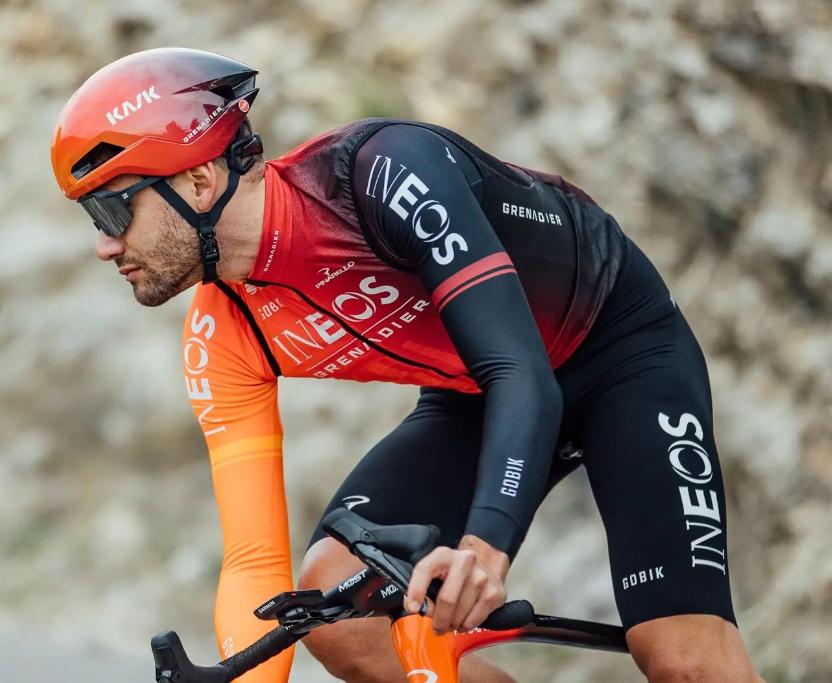
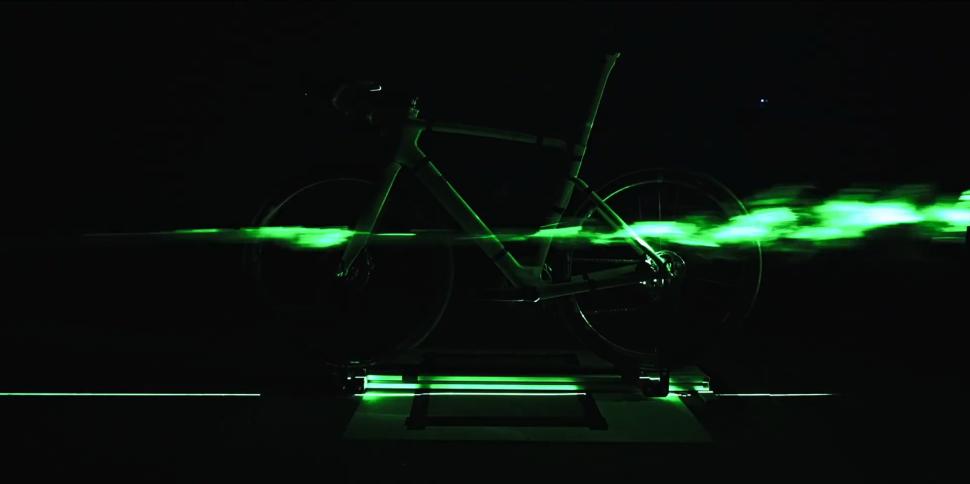

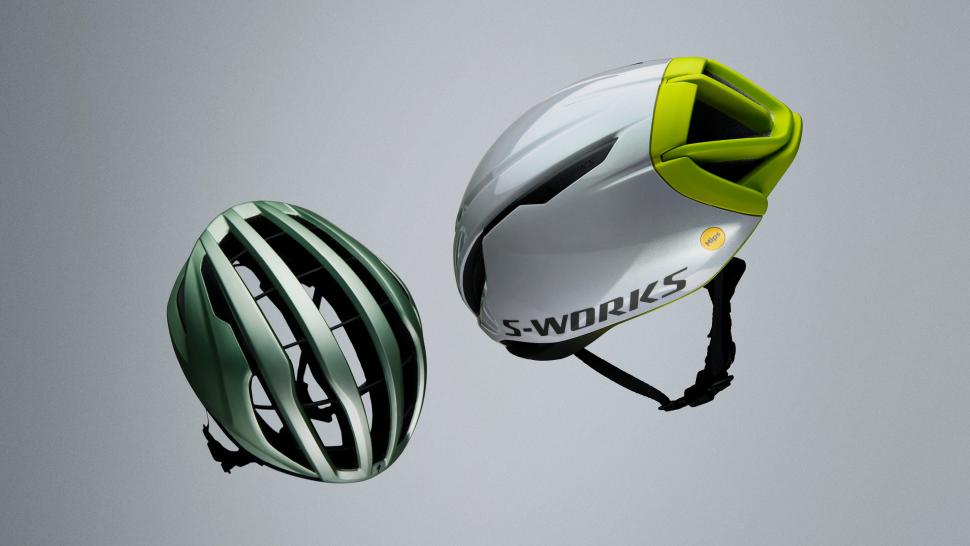
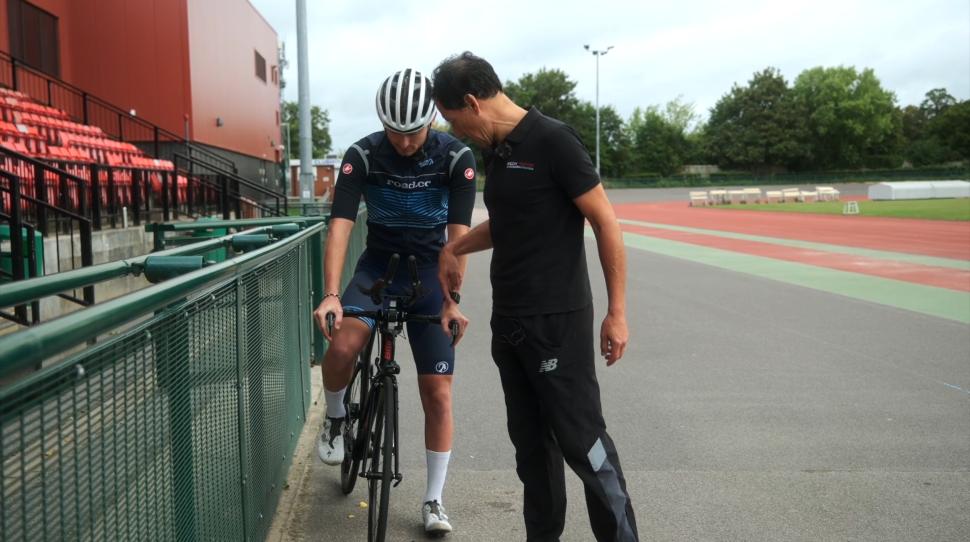

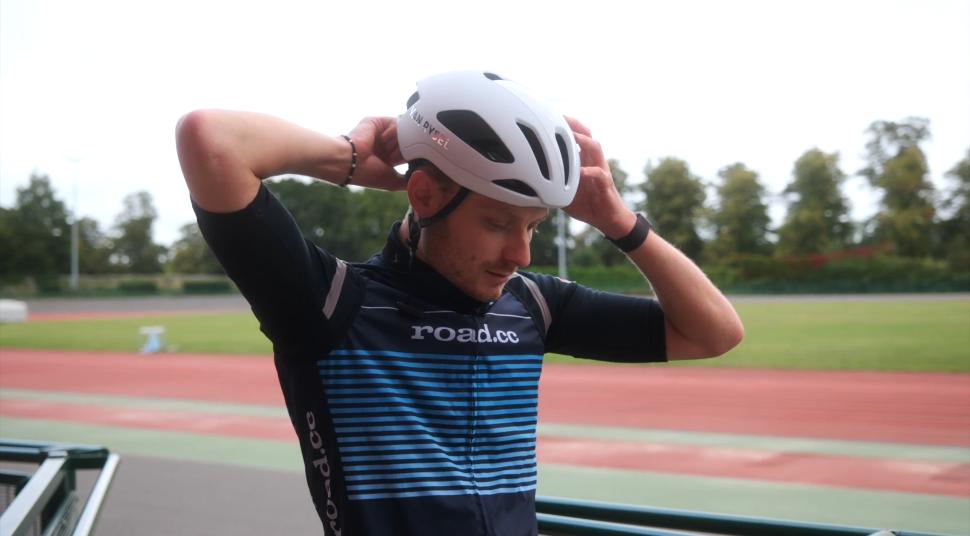



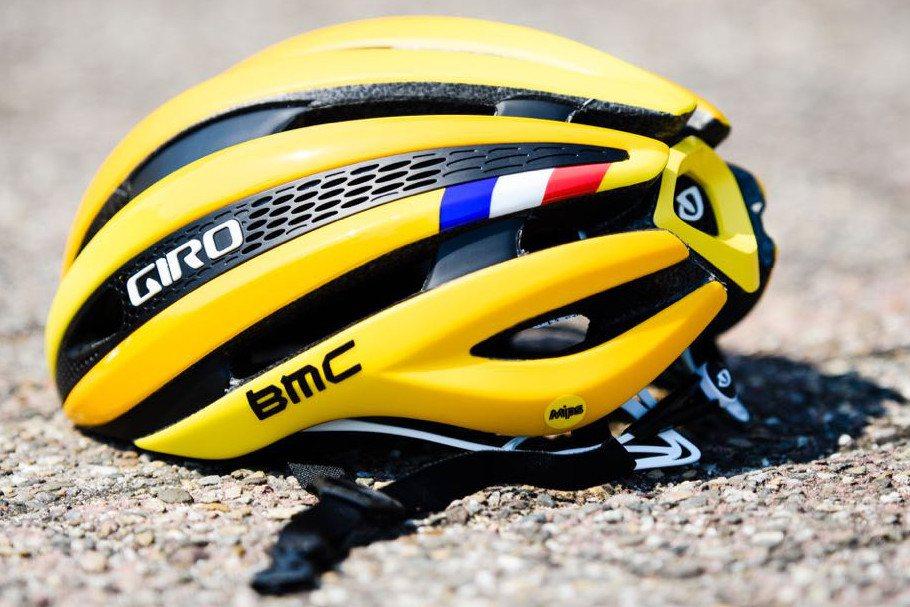
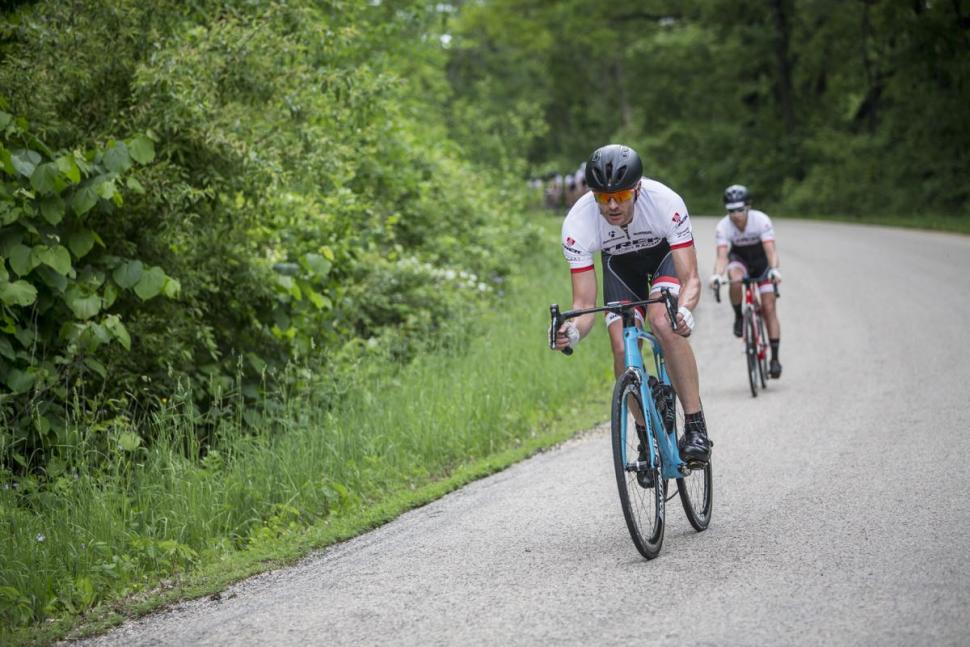

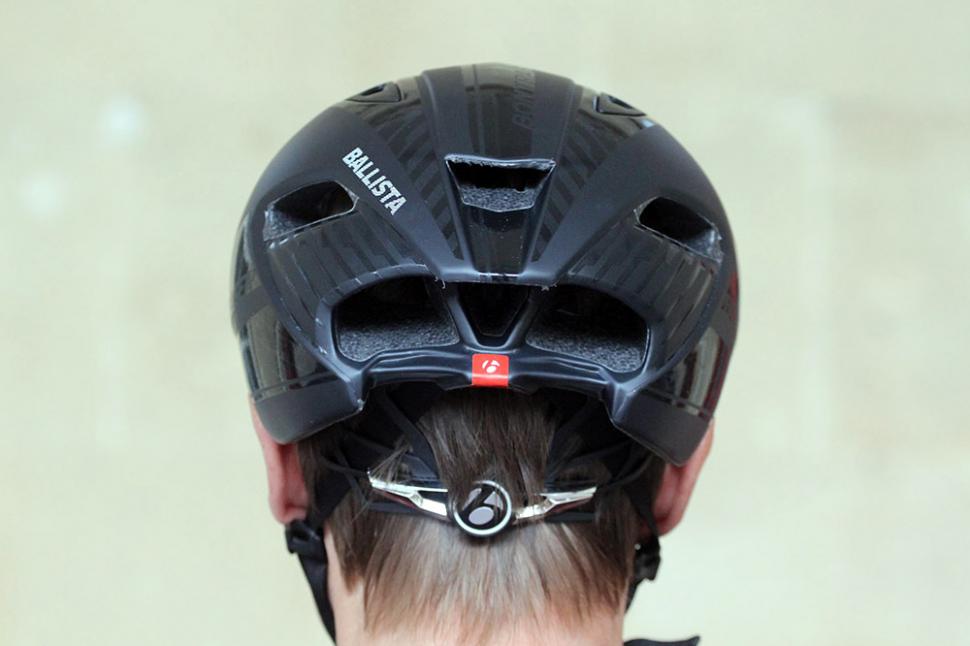

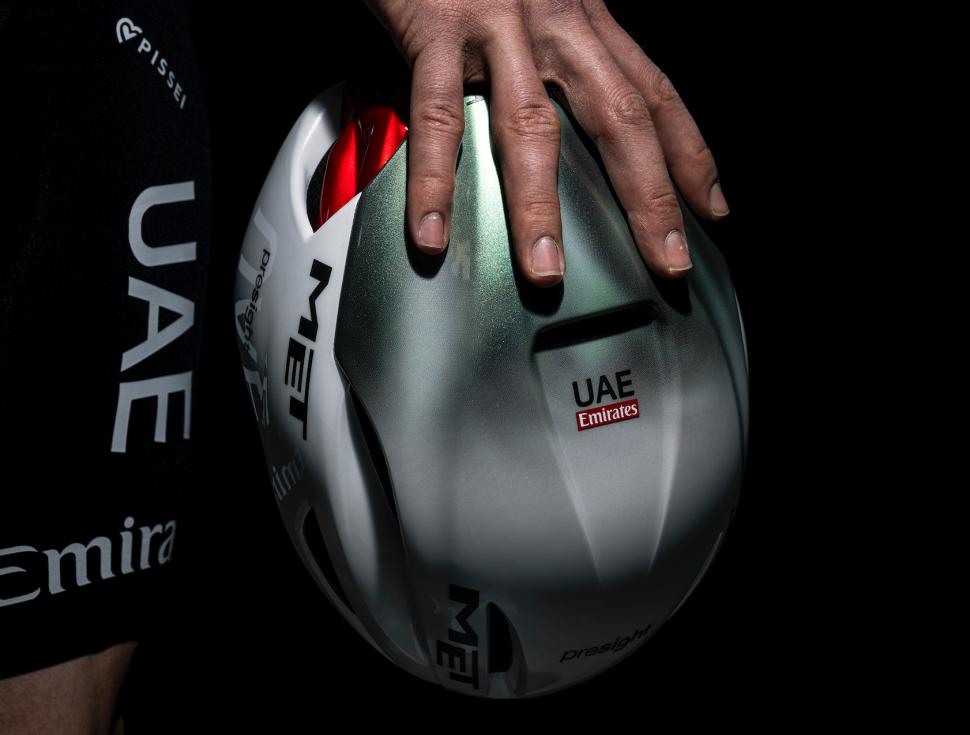
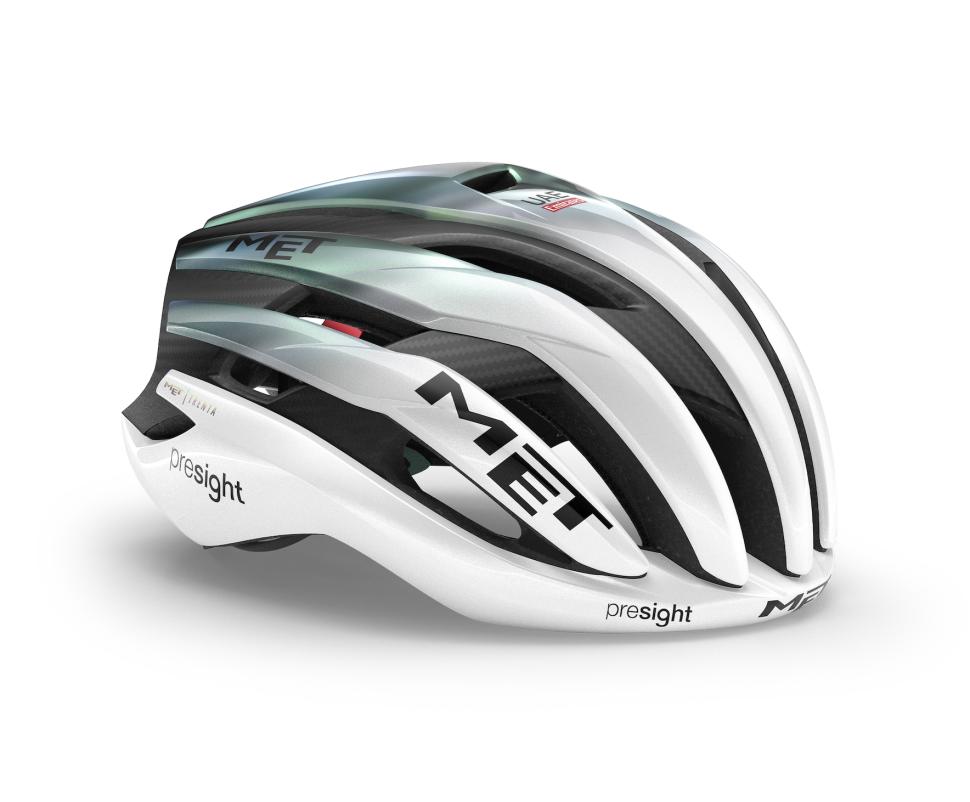
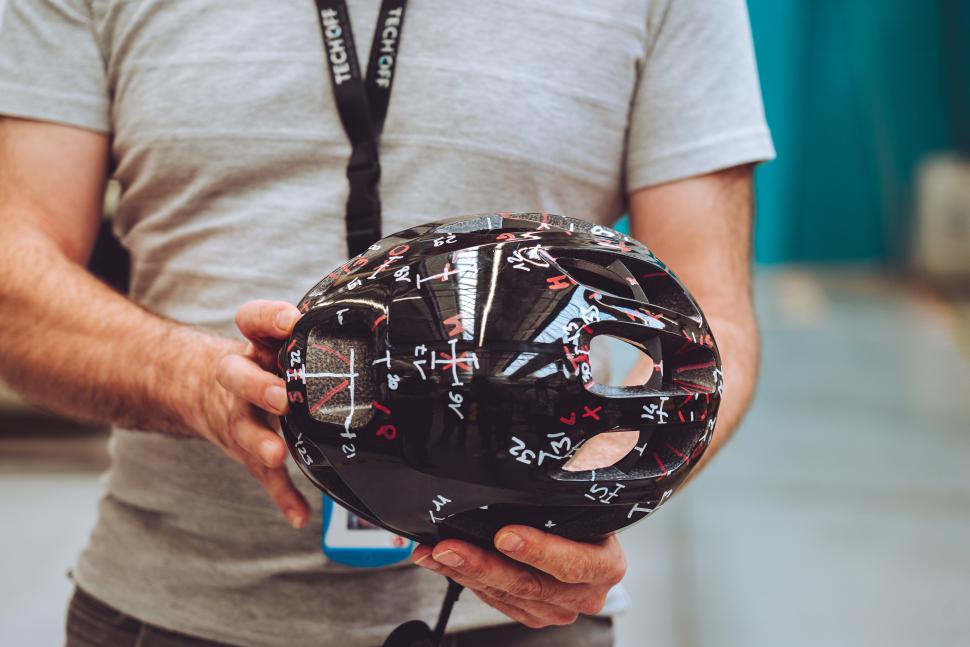

Add new comment
10 comments
Massive and consistent problem when talking aero. Whenever anyone discusses/publiceises aero benefits, they talk about watts saved, and then equate that to time saved, and so immediately alienate anyone who's not that bothered if their ride takes them another 10 mins or whatever by not being a little bit more aero.
Instead, the industry would do themselves a massive favour by talking about the fact that aero makes cycling easier! The more aero you are, the less effort you have to put in to go a given speed, and thus, your ride is easier.
I recently talked to a friend about how making the bike lighter, getting less baggy clothes etc. will make them faster, and they were like 'I'm not bothered about going faster', to which I said 'ok, fair, but don't you want to make your cycling easier? Don't you want to be able to cover more ground and see more for the same effort?'. Suddenly they were much more interested!
When was this last updated? I had the Bontrager Ballista which I last used in around 2018. I've had 2 other lids since then. Both of the Met Trenta 3K which I found no slower yet much more comfortable
I have an aero helmet, but that's not why I bought it; it's got less vents in it, so is better in winter for keeping the head warm.
Fewer Vents 👍🏻
Have you, (or anyone here), noticed a reduction in noise with an aero lid? It's a throwaway line in the review above - but does intrigue me.
I have a non-aero helmet and I'm sometimes aware of just how loud wind noise is particularly when descending at speed. I wouldn't be surprised if it's above recommended dB exposure levels.
I was wondering if anyone had any opinions one way or another on the topic of whether cycle helmets are effective or even necessary at all. It would be good to know, I don't think it's been discussed for a while. 🍿🍿🍿
And while they're at it they could also give their views on vaccines, climate change and whether NATO (i.e. the US) started the war in Ukraine.
No. Get a £50 set of clip ons instead. You'll set new PRs on every route you use them on.
£50? You can get a good set of clip ons for a lot less than that.
If you just want to go out by yourself and set a PR, then yes, that would be more effective than an aero helmet.
But I imagine most people obsessing over times are doing so because they are competing in races, and clip-on aero bars wouldn't be allowed outside of time trials (and even then, they wouldn't qualify for the "road bike" category that CTT has introduced, so you'd be competing against full on TT bikes). Also wouldn't be allowed on most club rides, so even if you're not properly racing but just want to impress your club mates you can't use clip-on aero bars.